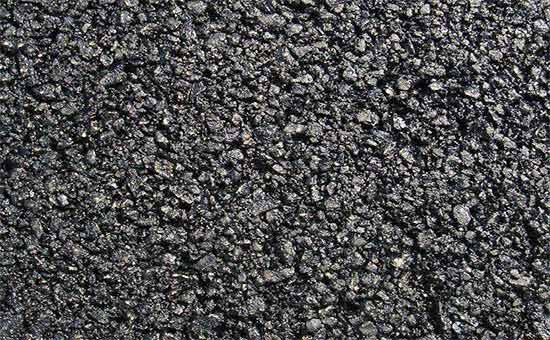
Using rubber powder to modify the asphalt pavement pavement can significantly improve the frost resistance and crack resistance of the pavement. The pavement is not easy to slip in winter and has a longer service life. As we all know, the tire rubber powder that has undergone surface activation treatment has better application effects in rubber and plastics; does the tire rubber powder used for modified asphalt need to be activated? What is the difference between the asphalt pavement modified with tire rubber powder after activation treatment and the asphalt pavement modified with ordinary rubber powder?
1. The necessity of activation treatment of tire rubber powder for asphalt modification
Using tire rubber powder in modified asphalt not only improves the performance and service life of the asphalt pavement, but also can dispose of some waste automobile tires. Tire rubber powder can be directly used in asphalt modification. This method is widely used. In the actual preparation process, the waste tire rubber powder will absorb the aromatic and saturated oil in the base asphalt, but the oil content in the asphalt is limited, resulting in the waste tire rubber powder being unable to be fully absorbed, swelling in the base asphalt and destroying the whole The system is balanced and the interface between the two is unstable.
The surface of the tire rubber powder after activation and modification is irregular, and the surface energy increases. When the sulfur bridge structure 2LLYY921 is destroyed, more ethylenic bonds will be separated, the chemical energy will increase, and the activity will be high, which is beneficial to the rubber powder in the asphalt. Medium swelling, better stability.
2. Skills of using activated tire rubber powder for asphalt pavement modification
The activation of tire rubber powder can be surface treated by physical, chemical, mechanical or biological methods. Common activation methods include mechanical mechanics, regeneration desulfurization modification, grafting, alkali soaking, and the use of additives. In order to improve the activity and affinity between tire rubber powder and asphalt, and improve the compatibility of tire rubber powder with asphalt, additives can be used to activate and modify the tire rubber powder, thereby improving the performance and life of the modified asphalt pavement. .
The main components of base asphalt are saturated component, aromatic component, gum and asphaltene. Saturated component and aromatic component are the light component (oil component) of asphalt, which plays a lubricating and softening role in asphalt, which is the generation of waste tire rubber powder. An important component for dissolution or swelling. Use additives to modify tire rubber powder. The oil in the additives can make the tire rubber powder fully absorb oil and solve the problem of limited oil content in the asphalt itself.
In the actual processing process, after the activator and rubber powder are soaked for a certain period of time, the oil in the asphalt and modifying additives will be absorbed by the tire rubber powder; other macromolecules with crosslinking effect in the additives will be affected by friction and temperature. Under external factors such as pressure, pressure and other external factors, it is prevented from continuing to penetrate into the rubber powder, thereby staying at the interface between the tire rubber powder and the base asphalt. The rubber powder has better compatibility with the asphalt, and the tire rubber powder can fully swell. The waste rubber powder can modify the asphalt pavement. Better performance.
In the actual laying process, you can choose whether to activate and modify the tire rubber powder according to actual needs. The modified rubber powder has a longer service performance and service life. The editor will continue to discuss with you later.
Exclusive original article [commercial authorization] reprint, excerpt and excerpt in any form are prohibited without written authorization. Focus on Hongyun rubber: learn the process formula and raw material technology of producing rubber products from recycled rubber to help you reduce costs and increase profits